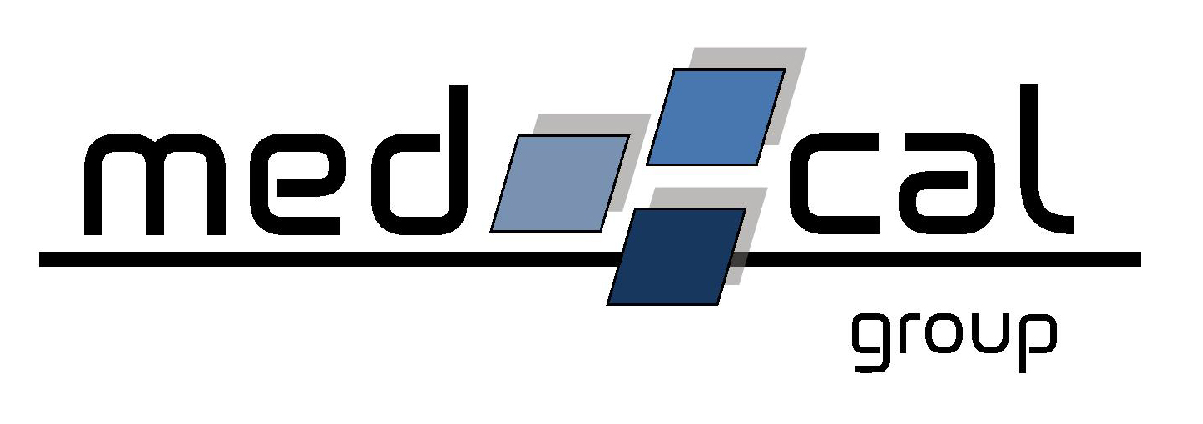
A National Medical Billing Company
Determine
Revenue Leaks
and Get it Solved
Immediately
helping the medical industry grow
Schedule a Demonstration
60 Day Free Medical Billing Trial

Highlights of our Payment Posting
01.
Ensure data from both EOB’s and ERA’s match payments.
02.
Report and reroute denied claims to the appropriate coding and denial management team for rework and re-submission to payers in a timely manner.
03.
Identify and move balances to the patient’s responsibility helps to ensure faster patient billing.
04.
Provide inputs on trends in denials, non-covered services, prior authorizations, and deductibles or co-payment collection issues at the point of service.
05.
Process write-offs and adjustment and report any unusual contractual adjustments while processing payment.
Payment
Posting
Payment posting is an important part of any solo practitioner’s or healthcare organization’s revenue cycle management. It entails functions such as posting and depositing, as well as reconciling posting actions with deposits. The payment posting procedure has an impact on many other aspects of the medical office, including patient happiness, efficiency, and financial performance.
What is payment posting in medical billing?
Payment posting is the process of viewing payments as well as the financial picture of a medical business. It also describes the process of entering payments into medical billing software. It gives you a look at insurance payments in EOBs, patient payments, and ERA insurance checks. Obtaining a financial perspective is critical in identifying income leakage and resolving them as soon as possible.
Why is accurate payment posting important?
There are multiple processes in the medical billing process, and a big number of claims are handled every day, so problems are certain to develop. When it comes to detecting payer issues, payment posting is essentially the first line of defense. Denials for medical necessity, non-covered services, and prior authorization will be exposed, and team members will be able to address them.
Furthermore, detecting problems early makes the entire process go more smoothly for everyone involved, from front-office to back-office personnel.
Payment
Posting
Payment posting is an important part of any solo practitioner’s or healthcare organization’s revenue cycle management. It entails functions such as posting and depositing, as well as reconciling posting actions with deposits. The payment posting procedure has an impact on many other aspects of the medical office, including patient happiness, efficiency, and financial performance.
What is payment posting in medical billing?
Payment posting is the process of viewing payments as well as the financial picture of a medical business. It also describes the process of entering payments into medical billing software. It gives you a look at insurance payments in EOBs, patient payments, and ERA insurance checks. Obtaining a financial perspective is critical in identifying income leakage and resolving them as soon as possible.
Why is accurate payment posting important?
There are multiple processes in the medical billing process, and a big number of claims are handled every day, so problems are certain to develop. When it comes to detecting payer issues, payment posting is essentially the first line of defense. Denials for medical necessity, non-covered services, and prior authorization will be exposed, and team members will be able to address them.
Furthermore, detecting problems early makes the entire process go more smoothly for everyone involved, from front-office to back-office personnel.
Identify Opportunities with Proper Payment Posting
Whether you charge in-house or through a third-party medical billing service, payment posting should be an important aspect of the revenue cycle. By checking for daily trends within your practice, a well-done payment posting procedure can help you find possibilities to improve revenue.
Run Your Billing
for Half the Cost
Are you looking to cut costs to your practice and bring more money in your door but you’re not sure how? Would you practice benefit from having $7,000 a month extra? If your answer is YES to either of these questions, then we are the company for you.
